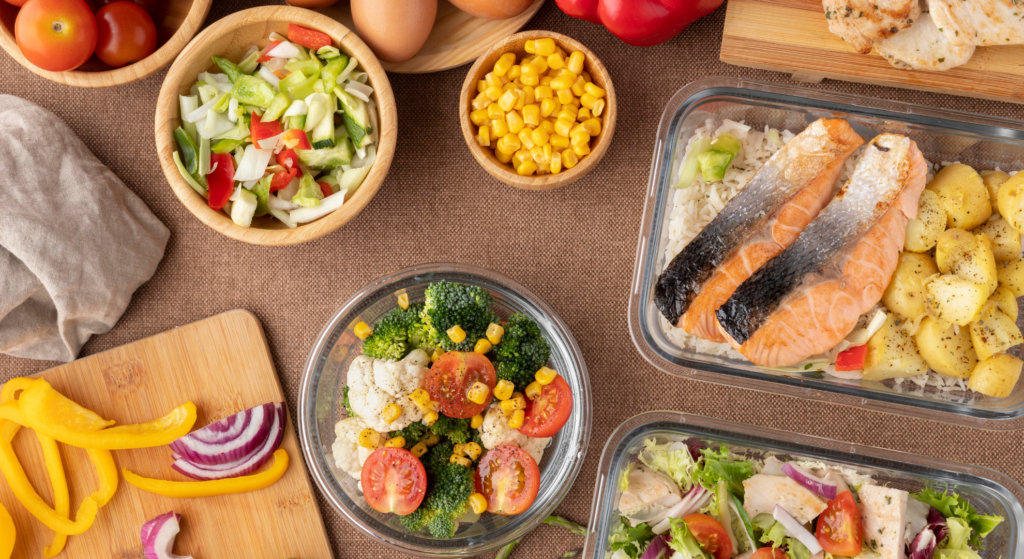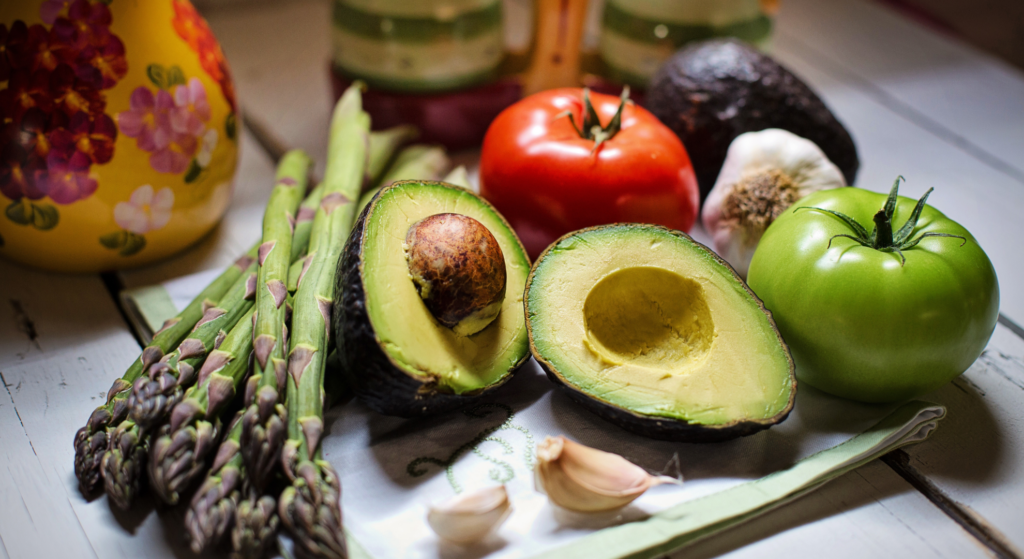Fabulous Foods to Boost Eye Health
Eating a diet low in fat and rich in fruits, vegetables and whole grains can help not only your heart but also your eyes.
If you’re looking for a diet that’s healthy for your eyes, here’s some good news: The same diet that helps your heart and the rest of your body will help your eyes. Plus, you’ll enjoy many delicious choices.
Here are vision-healthy foods and ideas for a diet rich in fruits, vegetables, beans and fish.
Why Is Nutrition Important for Good Vision?
Eating a diet low in fat and rich in fruits, vegetables and whole grains can help not only your heart but also your eyes. This isn’t surprising: Your eyes rely on tiny arteries for oxygen and nutrients, just as the heart relies on much larger arteries. Keeping those arteries healthy will help your eyes.

What Should I Focus On for Eye-Healthy Eating?
Orange-colored vegetables and fruits with vitamin A
Perhaps the best-known eye-healthy nutrient is vitamin A. Your retina needs plenty of vitamin A to help turn light rays into the images we see. Also, without enough vitamin A, your eyes can’t stay moist enough to prevent dry eye.
Carrots are a well-known source of vitamin A. Sweet potatoes provide even more vitamin A. A sweet potato has more than 200% of the daily dose of vitamin A doctors recommend. Fruits, including cantaloupe and apricots, can be a good source of vitamin A.
Fruits and veggies rich in Vitamin C
Vitamin C is critical to eye health. As an antioxidant, vitamin C helps protect the body from damage caused by some things we eat, unhealthy habits and environmental factors. Fried foods, tobacco smoke and the sun’s rays can produce free radicals–molecules that can damage and kill cells. Vitamin C helps repair and grow new tissue cells.
Good sources of vitamin C include citrus fruits, such as oranges, tangerines, grapefruit and lemons. Lots of other foods offer vitamin C, including peaches, red bell peppers, tomatoes and strawberries. Antioxidants can prevent or at least delay age-related macular degeneration (AMD) and cataracts, according to the Age-Related Eye Diseases Study (AREDS).
Vitamin E
Another important antioxidant is vitamin E, which helps keep cells healthy. Vitamin E can be found in avocados, almonds and sunflower seeds.
Cold-water fish with omega-3 fatty acids
Diets rich in omega-3 fatty acids from cold-water fish may help reduce the risk of developing eye disease later in life, research suggests. These fish include salmon, tuna, sardines, halibut and trout. Omega-3’s are good for tear function, so eating fish may help people with dry eye.

Leafy green vegetables rich in lutein and zeaxanthin
Lutein and zeaxanthin are antioxidants found in the pigments of leafy green vegetables and other brightly colored foods. They are key to protecting the macula, the area of the eye that gives us our central, most detailed vision. Kale and spinach have plenty of these nutrients. Other foods with useful amounts of lutein and zeaxanthin include romaine lettuce, collards, turnip greens, broccoli and peas. And while not leafy and green, eggs also are a good source of these nutrients.
Beans and zinc
The mineral zinc helps keep the retina healthy and may protect your eyes from the damaging effects of light. However, zinc can lower the amount of copper in your body, which we need to help form red blood cells. Fortunately, you can increase both at once with all kinds of beans (legumes), including black-eyed peas, kidney beans and lima beans. Other foods high in zinc include oysters, lean red meat, poultry and fortified cereals.
No matter your age, it’s not too late to start eating healthy, she said. Start eating well now to benefit your vision and your health for the rest of your life.